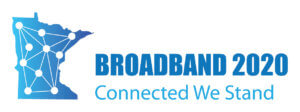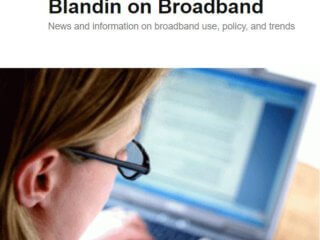 Image: BBC-kickoff-Feb-2020-grp-discussion-Stender-1-scaled
Image: BBC-kickoff-Feb-2020-grp-discussion-Stender-1-scaled
Blandin Community Broadband Program: A Look Back At Impact
After twenty years of working with rural communities to build broadband-powered, future-forward communities, there’s one thing we know to be true – it all comes down to local leadership!
Strong, dynamic networks of leaders, forged across geographies, sectors and ideologies, have come together over the decades with the aspiration of bringing border-to-border broadband to Minnesota. Behind every network built, every connection made, are hundreds of rural Minnesota leaders who have put in countless hours door knocking, holding meetings and trainings, and deal-making to make this moment happen. Historic resources are coming to our small towns and Minnesota is ready because of the trove of local leadership across the state. We’re honored to have played a supporting role in Minnesota’s broadband story.
The Blandin Community Broadband Program (BCBP) was created to boost rural leaders’ ability to pull together diverse action teams, collaboratively set a broadband-powered technology vision for their community and have access to knowledge partners and resources to work toward that vision. When BCBP began in 2003, 27 percent of surveyed Minnesota households reported having broadband and awareness of broadband’s potential impact was just starting to grow. Today, 62.46 percent of rural Minnesota households have access to wireline broadband at 100 megabits per second download and 20 megabits per second upload; 94.97 percent has access to wireless broadband. Advocates no longer need to build the case that broadband is essential. There’s agreement from decisionmakers at every level and ideology that broadband access and the skills to use it are critical to the future survival of rural places.
These victories are made up of many smaller wins along the way; people, programs and providers who stepped up to move rural Minnesota places forward. The timeline below explores some of the milestone moments in our broadband programming, and in Minnesota’s broadband story, that helped us collectively realize our broadband vision – Everyone in Minnesota will be able to use convenient, affordable world-class broadband networks that enable us to survive and thrive in our communities and across the globe.
 Blandin on Broadband Blog is created to share information about broadband with Minnesotans working for better access and use.
Blandin on Broadband Blog is created to share information about broadband with Minnesotans working for better access and use.




 Blandin Foundation selects
Blandin Foundation selects 







